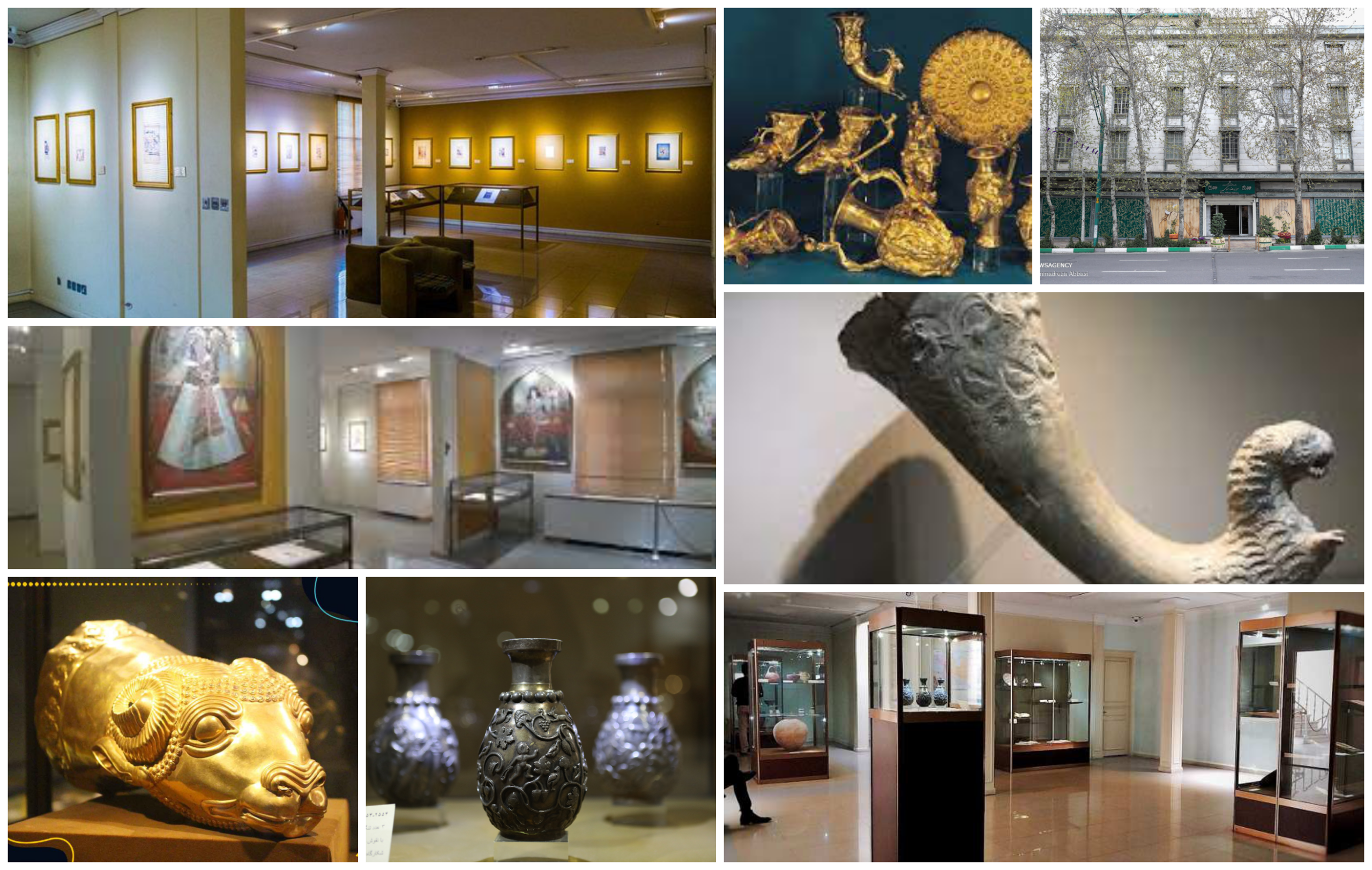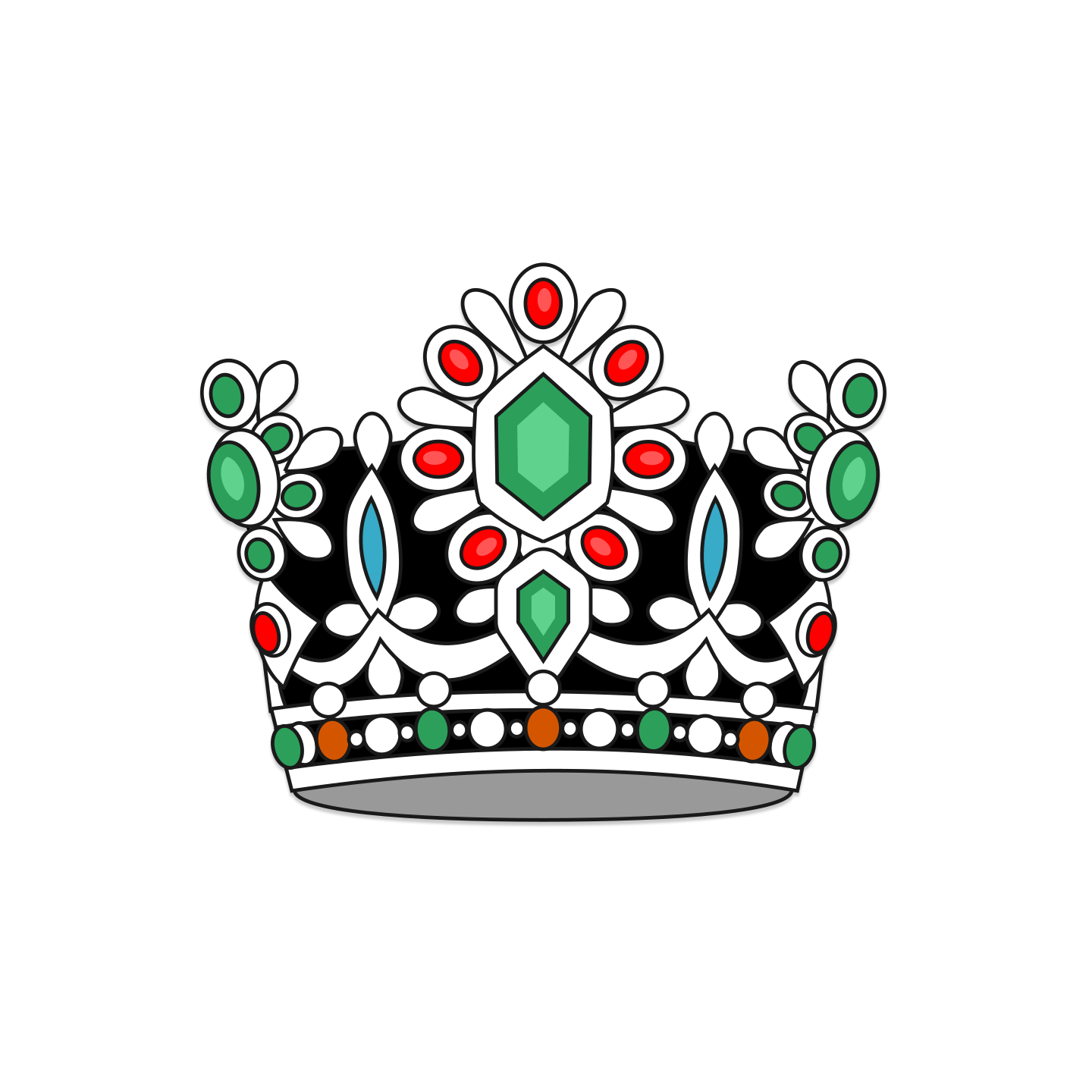
The Reza Abbasi Museum: A Historical and Cultural Beacon of Iranian Art Before and After Islam (During the Pahlavi Era and Under the Patronage of Empress Farah Pahlavi)
The Reza Abbasi Museum (موزه رضا عباسی), located in Tehran, is one of the most distinguished cultural institutions in Iran, housing a comprehensive collection of Iranian art spanning from the pre-Islamic period to the Islamic era. Established during the Pahlavi dynasty, the museum emerged as a vital center for the preservation, study, and exhibition of Iran’s artistic heritage. This institution owes much of its establishment and development to the visionary cultural policies of Empress Farah Pahlavi, who championed art and heritage projects as part of a national modernization and identity-building effort.
Foundation of the Museum
The Reza Abbasi Museum was officially inaugurated in 1977, during the latter years of the Pahlavi monarchy. Named after Reza Abbasi, the celebrated 16th–17th-century Persian painter of the Safavid era, the museum was intended to reflect the diversity, richness, and continuity of Iranian artistic traditions.
The idea behind the museum was to create a chronological narrative of Iranian art—from the prehistoric and ancient empires such as Elam, Achaemenid, Parthian, and Sassanian periods, all the way through the early Islamic centuries, the Seljuk, Ilkhanid, Timurid, Safavid, and Qajar dynasties. This format was novel in the Iranian museum landscape at the time, as it provided an integrated view of Iranian cultural evolution across different eras.
Farah Pahlavi’s Patronage
Empress Farah Pahlavi played a pivotal role in founding and shaping the vision of the Reza Abbasi Museum. With her deep interest in both traditional Iranian art and modern museology, she was actively involved in:
-
Sponsoring archaeological excavations and collections to populate the museum with authentic artifacts.
-
Supporting Iranian and international experts in art history and curation to ensure the museum met international standards.
-
Funding the design and construction of the building, ensuring that it reflected a balance between modern architecture and Iranian aesthetics.
-
Advocating for the integration of cultural education, including supporting publications, catalogues, lectures, and academic research in connection with the museum’s exhibits.
Her cultural policy emphasized not only the preservation of Iran’s heritage but also the global presentation of Iran’s identity as a cradle of civilization.
Collections: Pre-Islamic Era
The museum’s pre-Islamic section contains a rich array of artifacts from some of the most important periods in Iranian history:
-
Prehistoric artifacts (ceramics, tools) dating back to the 2nd millennium BCE.
-
Elamite and Median objects, including figurines and decorative vessels.
-
Achaemenid dynasty artifacts, showcasing the grandeur of the Persian Empire—such as gold jewelry, metalwork, and inscriptions.
-
Parthian and Sassanian artworks, highlighting the shift toward more intricate craftsmanship in metal, stucco, and glasswork, as well as early examples of figural art that influenced Islamic motifs.
The pre-Islamic section offers insight into the evolution of symbolism, function, and aesthetic values in ancient Iranian society.
Collections: Post-Islamic Era
The Islamic section of the museum traces the transformation of Persian art under Islamic influence. Highlights include:
-
Calligraphy, especially from the early Islamic centuries to the Qajar era, including Nastaʿlīq and Shekasteh scripts.
-
Miniature paintings, particularly those from the Timurid and Safavid periods, including rare works influenced by or attributed to Reza Abbasi himself, a central figure in Safavid art.
-
Illuminated manuscripts, Qur’anic verses, poetry books, and scientific treatises.
-
Metalwork, ceramics, and textiles, which demonstrate the sophisticated interplay between function, ornament, and religious symbolism in Islamic Persian culture.
The curation of the Islamic section aimed to show that Islamic Iran was not a rupture from its past, but a continuation and transformation of a long-standing artistic tradition.
Architectural and Aesthetic Design
The museum’s design reflects a modernist approach inspired by Iranian motifs. During the Pahlavi period, the architecture was meant to symbolize Iran’s place in the modern world while still grounding it in its classical past. The interior organization followed a chronological flow, guiding visitors from the earliest artifacts to more recent Islamic artworks. Farah Pahlavi was known to emphasize aesthetic education, and the museum’s lighting, display, and spatial logic were all optimized for maximum educational and emotional impact.
Academic and Public Impact
From the outset, the Reza Abbasi Museum was conceived as more than a static repository—it was to be an educational and cultural institution. Farah Pahlavi supported:
-
Academic programs and collaborations with art historians.
-
Publication of detailed catalogues and bilingual materials to make the museum accessible to both Iranian and international audiences.
-
Special exhibitions, lectures, and workshops.
The museum quickly became a hub for researchers, students, and artists interested in the history of Persian art, providing critical resources for academic and cultural development.
Challenges and Closure
Despite its cultural importance, the museum faced challenges even before the 1979 revolution. After opening in 1977, it was briefly closed in 1979 during the political upheaval leading to the Islamic Republic’s establishment. It reopened later with some adjustments to its displays to align with the new ideological and cultural policies of the Islamic Republic, but the core structure and many of its original collections remained intact.


